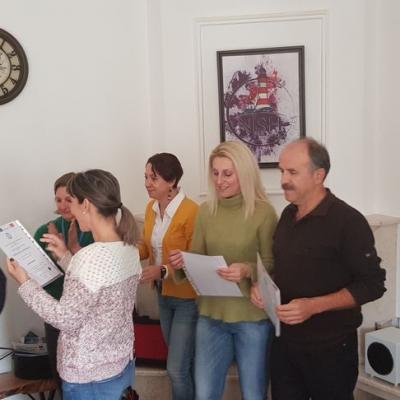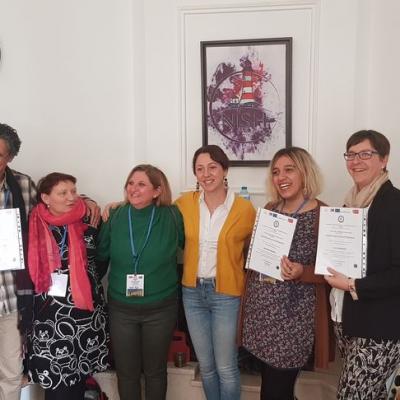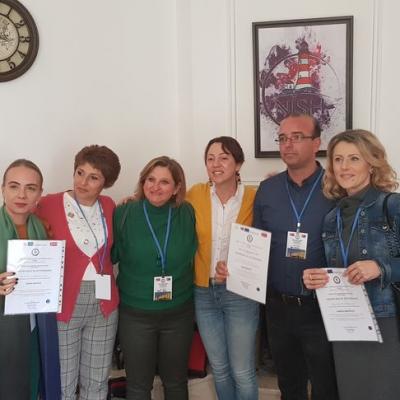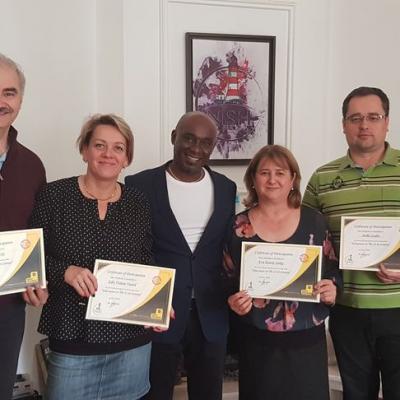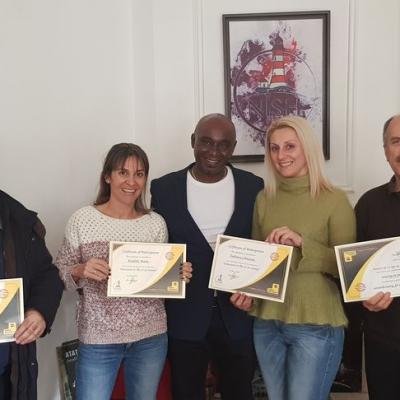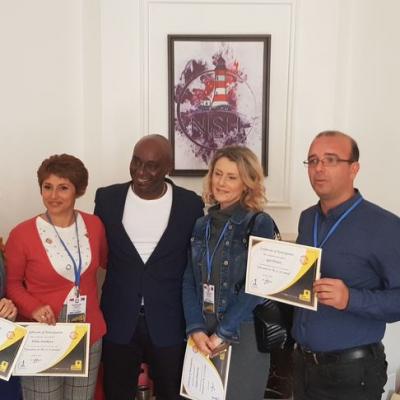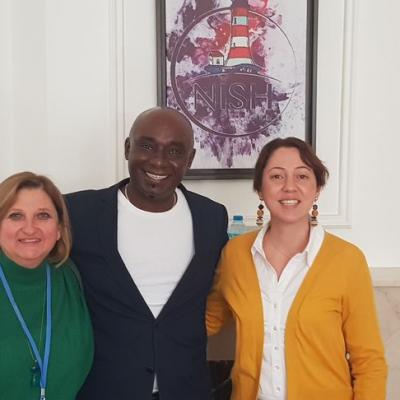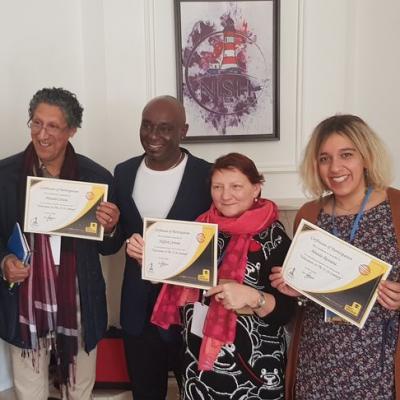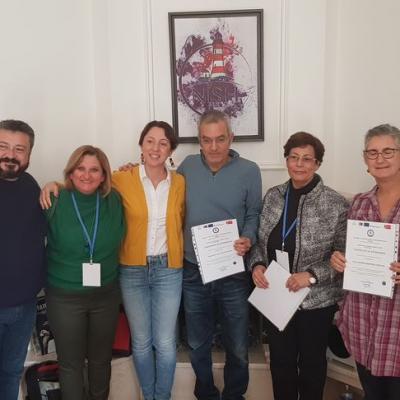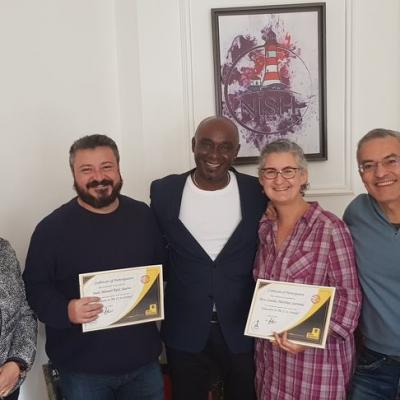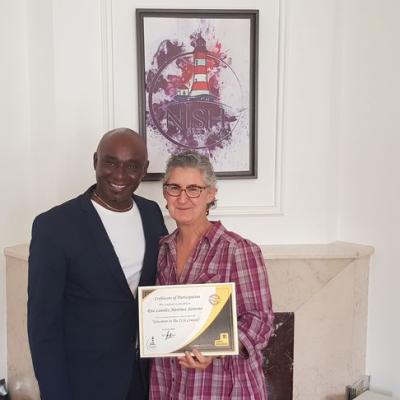The FUSION project was a strategic partnership in the field of education supporting the exchange of good practices, with 6 schools from Turkey, Hungary, France, North Macedonia, Greece, and Spain. However, the Fusion project officially started in September 2019, as an Erasmus+, it had already begun as an e-Twinning project a year before.
It was planned for teachers as an Erasmus+ project including 5 days of joint staff training activities. In addition, it was designed and implemented as an e-Twinning project for both students and teachers. It was built on an ongoing eTwinning project. And also, we continued as a simultaneous eTwinning project for students mainly. This partnership aimed to provide unity based on the culture of cooperation, which schools aim to improve by exchanging experiences and information directly with each other. Working together collaboratively with the same problems will positively affect mutual support in all schools. Our main aim was to improve the quality of education, create a common understanding of internationalization, increase efficiency through Erasmus programs, and prepare a common evaluation concept. All project activities served this purpose to realize our concrete results.
In the FUSİON project, partner schools encouraged and supported each other in solutions to common problems. FUSION consisted of key elements Future minded, Utilisable, Skillful, Innovative, Organised, and Non-stop. All these elements were used to improve teachers' skills and the quality of education.
The FUSION project helped participant teachers development of ICT skills, develop proficiency, and fluency with tools of technology and incorporate purposeful apps into the classroom. It also enabled participant schools to Integrate technology into the classroom and provided all students with equitable access to knowledge and skills that the 21st century needed.FUSION provided the necessary support for teachers to explore their competencies and to develop their ability to help students to prepare for the future. Our teachers started to be aware of ever-changing trends in technology and were in tune with what the future might bring to education. They learned what video, photography, animation, storytelling, music, animation, game, presentation, and assessment tools were, and how and when to use them.
Interactive and encouraging training was given to them to explore the functions of technology and learn how to harness its full potential in the classroom environment to enhance their students learning and motivation. After every joint staff training activity participant teachers became more qualified, motivated, and supportive to create an environment that makes our students engaged in school. As teachers introduced more and more technology into the classroom, it raised the quality of the class. Technology also improved dynamics between teachers and students especially while they were working on the e-Twinning project of FUSION.
FUSION showed us the need for fun and engaging learning approaches in order to make the teaching and learning process more enjoyable for both students and teachers alike. Activities of FUSION highlighted the impact of technology on students’ social and cognitive development in addition to basic and soft skills.
The diversity of profiles created a dynamic learning environment to practice intercultural communication. Activities enabled participants to explore, understand, describe and compare and contrast lifestyles across Europe. We completed our project successfully because we had a reliable partnership via eTwinning, a resource plan, an operating agreement, documented objectives, and goals, good team communication strategies, and well-organized dissemination activities. eTwinning made our students the center of the project. They took part in the planning, implementation, and assessment phases. We used demonstration, quizzes, small group discussions, role-playing, hands-on teaching, and learning with-doing methods.
What’s more, numerous activities helped teachers to do their jobs better. Our materials were published on Twinspace and the project’s Facebook page. We started 2 years but regarding Covid 19 pandemic, we completed our project in 3 years.2 years of physical and one year of online activities were done. Mobilities and academic content were realized with reference to physical and academic conditions and competencies of host schools. Technology had a universal language that connected people whose religions, nationalities, and languages.Knowing people from different backgrounds made participants develop respect and tolerance towards each other which is one of the priorities of strategic partnerships.Getting motivated to learn or improve their foreign languages were the natural consequences of partnership.

